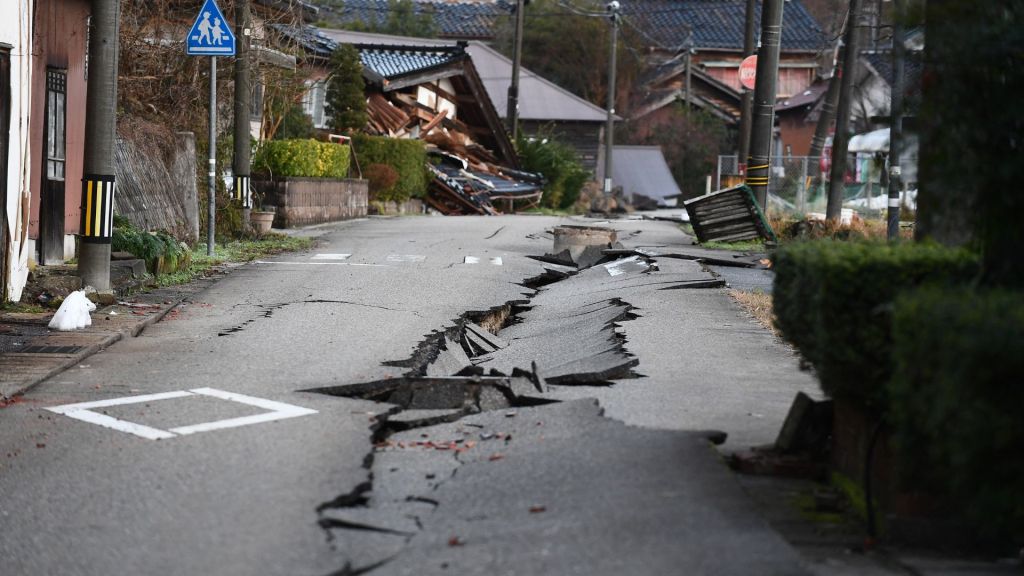SWISS GLACIERS LOSE ABOUT 3% OF ICE IN A YEAR, SCIENTISTS WARN

Low snow and June heat drive fresh retreat
Switzerland’s glaciers shed roughly 3% of their total ice mass over the last 12 months, according to monitoring body GLAMOS and the Swiss Commission for Cryosphere Observation. Researchers visiting the Rhône Glacier described another steep decline after a winter with little snowfall—especially in the northeast Alps—followed by June heat waves. While losses were not as extreme as in 2022 or 2023, the decade-long pattern is stark: about a quarter of Swiss glacier volume has vanished since 2015, with dozens of small glaciers gone entirely. Below 3,000 meters, thinning is accelerating due to warmer air and rain-on-snow events that strip protective layers. The report, covering the October–September hydrological year, notes average thickness drops of around 1.5 meters at some sites.
Implications for water, power and Alpine tourism
Hydrologists warn of earlier peak runoff followed by late-summer shortages as storage in snow and ice diminishes. That complicates hydropower scheduling, irrigation, and river cooling for industry across the Rhine and Po basins. Infrastructure planners face greater rockfall and landslide risks as permafrost degrades; mountaineering routes shift, and summer ski areas shrink. Even with rapid emissions cuts, lag effects in the cryosphere mean retreat will continue for years. Policymakers are urged to fast-track adaptation: stabilizing slopes near transport corridors, revising water-sharing rules for drought years, and safeguarding ecosystems that buffer floods. The Alps remain a bellwether; trends here often foreshadow changes in other mountain regions from the Caucasus to the Andes.






















